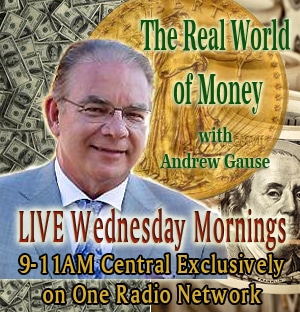It seems each new piece of data lately prompts another round of
downward revisions to economists’ estimates of fourth-quarter gross
domestic product.
The latest? Take this morning’s report on international trade, which
showed the U.S. trade deficit unexpectedly widening to $57.2 billion in
November from $56.6 billion the previous month — mostly because exports
of goods and services were even weaker than expected, while imports
showed a more moderate drop (skewed partly by lower petroleum prices).
Trade is a key component of U.S. GDP, along with consumption,
investment, and government spending – categories which are already
showing protracted weakness – and the latest figures show exports will
be even less of a boost to growth than initially thought. Usher in J.P. Morgan Chase economist Michael Feroli:
“The surprise leaves foreign trade subtracting almost one percentage
point from growth, which puts our forecast for real GDP growth in [the
fourth quarter] currently at -6.0%,” he wrote in a note to clients.
An annualized drop of -6.0% is a very big number. And most of the
incoming data is still from October and November — it’s not clear yet
whether December figures could be even worse.
In the last recession, in 2001, GDP declined by 1.4% at the most,
during the third quarter of that year. In the recession of 1990-91, the
biggest decline was a 3% drop in the last three months of 1990. A
decline of 6% is more of the magnitude seen in the deep double-dip
recession in 1980 and 1981-82. In the second quarter of 1980, GDP fell
at a 7.8% rate, then rebounded sharply at the end of the year. In the
first three months of 1982, GDP posted another large decline of 6.4%.
The largest postwar GDP decline thus far occurred in the first quarter
of 1958, an annualized drop of 10.4% during a sharp but short
eight-month recession.

'Fourth-Quarter GDP: Worse and Worse' has no comments
Be the first to comment this post!